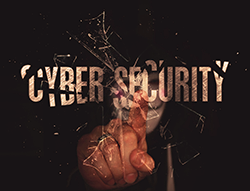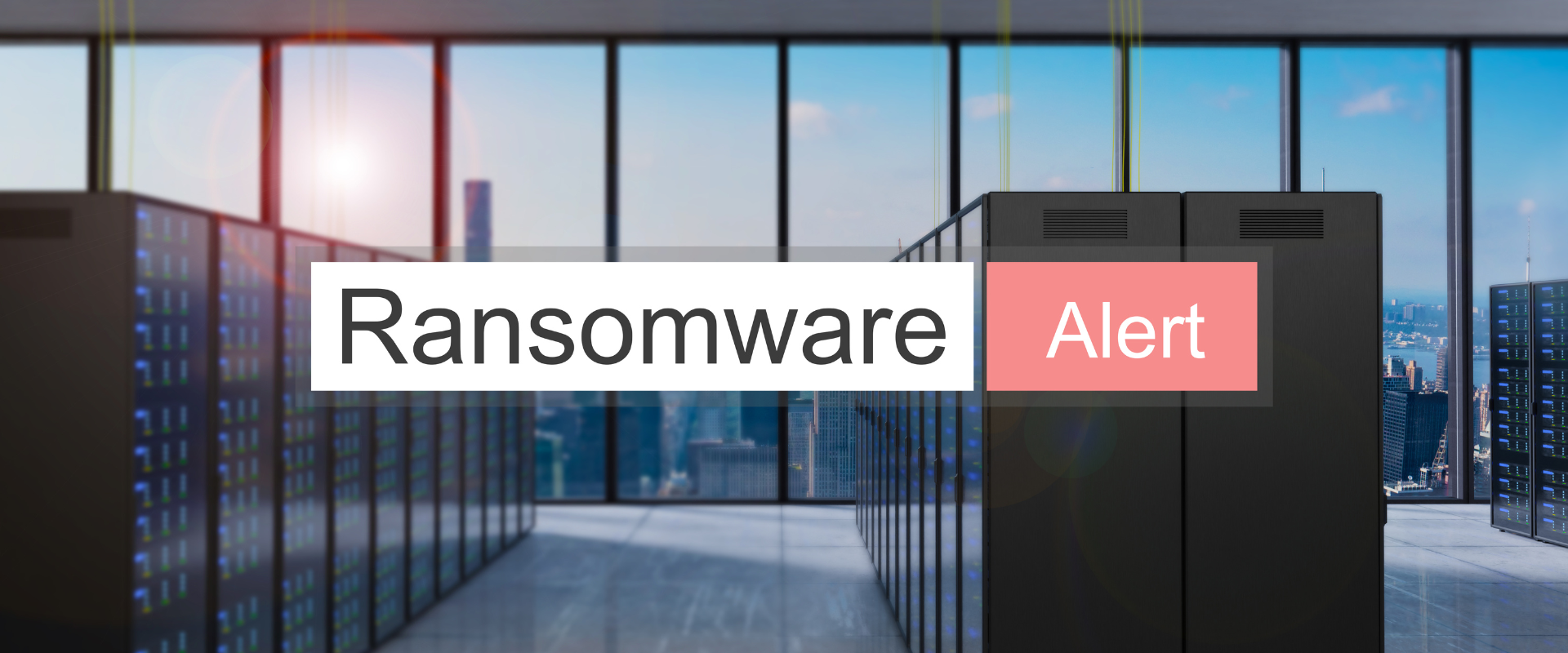
Deep Dive into NIS-2 – Week 9
By, Webmaster
- 11 Sep, 2024
- 1.3k Views
Demonstrating Compliance
Welcome back to our ongoing blog series on NIS-2, the European directive that sets the standard for network and information systems security. Over the past weeks, we’ve explored critical aspects such as vulnerability identification, resource allocation, due diligence, developing a cyber strategy, implementing security measures, incident response planning, continuous monitoring and testing, and incident reporting. This week, we focus on another essential element: Demonstrating Compliance.
What is NIS-2?
NIS-2 is the updated European directive aimed at enhancing cybersecurity across the EU by ensuring a consistent and high level of security for networks and information systems among member states. Compliance with NIS-2 is not just about implementing the right measures; it’s also about demonstrating that those measures are in place and effective. This involves maintaining comprehensive documentation that proves your organization’s adherence to NIS-2 requirements.
Week 9: Demonstrating Compliance
The ninth point of NIS-2 emphasizes the importance of Demonstrating Compliance. But what does this entail?
Demonstrating Compliance means keeping thorough records that show how your organization meets the NIS-2 requirements. This includes documentation such as risk assessments, implemented security measures, incident reports, and other relevant information. This level of documentation ensures transparency and accountability, proving that your organization is actively working to maintain cybersecurity standards.
The Importance of Demonstrating Compliance
Demonstrating compliance is vital for several reasons:
- Regulatory Requirements: NIS-2 mandates that organizations maintain documentation that proves compliance. Failing to do so can result in penalties and damage to your organization’s reputation.
- Accountability and Transparency: Documenting your compliance efforts provides a clear record of the steps your organization has taken to secure its systems, helping to build trust with stakeholders, clients, and regulators.
- Facilitates Audits and Inspections: Proper documentation streamlines the audit process by providing clear evidence of compliance, making it easier for authorities to verify that your organization is meeting its obligations.
- Continuous Improvement: Regularly reviewing compliance documentation allows your organization to identify areas for improvement, ensuring that your cybersecurity measures evolve in line with emerging threats.
- Risk Management: Documented records of risk assessments and implemented measures help your organization understand its security posture and make informed decisions about future investments in cybersecurity.
How to Effectively Demonstrate Compliance with NIS-2
To effectively demonstrate compliance with NIS-2, follow these key steps:
- Maintain Detailed Records: Keep thorough records of all risk assessments, security measures, incident response actions, and any updates to your cybersecurity strategy. Ensure these records are organized and easily accessible.
- Develop a Compliance Checklist: Create a checklist of NIS-2 requirements to help your organization track its compliance status. Regularly update this checklist as you implement new measures or update existing ones.
- Conduct Regular Internal Audits: Regularly audit your compliance documentation to ensure that it accurately reflects your organization’s security measures and meets NIS-2 standards.
- Implement a Documentation Management System: Use a documentation management system to securely store and organize your compliance records. This will make it easier to access and update your documents as needed.
- Engage with Compliance Experts: Consider consulting with cybersecurity and compliance experts to review your documentation and provide guidance on maintaining NIS-2 compliance.
- Prepare for External Audits: Ensure your documentation is always up-to-date and ready for external audits. This includes making sure your records are accurate, comprehensive, and clearly demonstrate your compliance efforts.
Conclusion
Demonstrating compliance is a critical component of NIS-2 and an essential part of a robust cybersecurity strategy. By maintaining comprehensive documentation, your organization can prove its commitment to cybersecurity, ensure accountability, and continuously improve its security measures.
Next week, we’ll continue our series with an analysis of the tenth point of NIS-2. Stay tuned as we explore more ways to strengthen your organization’s cybersecurity posture!
We hope you found this deep dive helpful. If you have any questions or comments, feel free to leave them below. See you next week!
contact us
For more information or personalized cybersecurity consultations, contact us here https://zeroedge.ch/contact/
Recent Posts
- The Growing Threat of Distributed Denial-of-Service (DDoS) Attacks: How to Protect Your Organization from DDoS Threats
- Zero Trust: The Key to Safeguarding Your Digital Assets
- The Evolution of Ransomware: How to Prepare for the Future of Cyber Extortion
- The Rise of AI-Powered Phishing Attacks: How to Safeguard Your Business
- The Growing Threat of Insider Threats in Cybersecurity: How to Protect Your Business
Category
- Cyber Security (67)
- Vulnerability Assessment (51)







